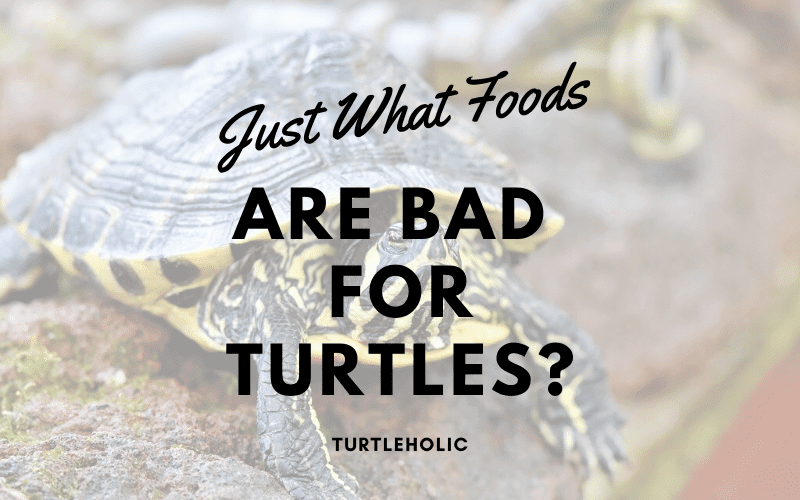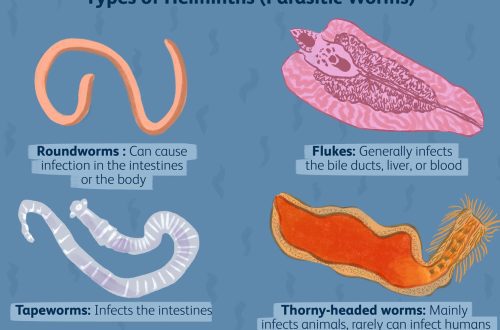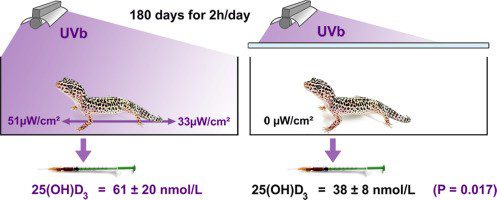
What not to feed the turtle (harmful food)
There are foods that categorically cannot be given to turtles, but there are those that can be given, but little and rarely. Below is a list of such products. If a certain product is not on the list of edible (for predatory turtles, for herbivorous turtles) and is not on the list of prohibited items (in this article), then it is better NOT to give it.
The main rule of feeding turtles is that the food should be close to that which the turtle constantly eats in nature. This means that if the turtle cannot get bread, milk, eggs, sausages, cat food, then they should not be given. If mangoes, papaya and kiwi do not grow in the turtle’s habitat, then they should not be given either. Improper feeding of turtles leads to obesity (and as a result – curvature of the shell), problems with the gastrointestinal tract, food poisoning.

Forbidden food for turtles
- Canned and dry food for domestic warm-blooded animals (cats, dogs, ferrets, etc.)
- Thermally processed human food: cereals, cheese, bread, milk, cottage cheese, sausages, sausages, boiled or fried foods. The gastrointestinal tract of turtles (as well as any wild animals) is not adapted to the digestion of boiled, stewed or fried meat, because. during heat treatment, proteins are denatured and turtle enzymes hardly break them down.
- Meat of large animals, as it is a pure protein that contains little of the essential vitamin, calcium and leads to obesity and increased growth. Especially harmful is the fatty meat of lamb and pork. You can occasionally give by-products (liver, hearts of chicken, turkey and beef), but it is better to replace them with the insides of fish and small fodder rodents.
- Oily fish (capelin, sprat, sprat, herring)
- Crab sticks, because it is a processed product.
- Squids (turtles have cloudy eyes, as practice has shown)
If land turtles, whose digestive tract is set up for slowly digesting food, are fed protein food for a long time, then the uric acid formed during the breakdown of proteins cannot be released in sufficient volume, as a result, the kidneys do not work well, kidney failure occurs, which leads to death.

forbidden plants
- All citrus fruits (oranges, lemons, tangerines, etc.)
- Nuts
- Stones of fruits and vegetables (hard)
- Exotic fruits and berries that do not grow in the turtle’s habitat
- Plants containing high amounts oxalates (which impair calcium absorption in the intestines and can lead to the development of false gout): – spinach, cabbage, peas, bean sprouts, rhubarb
- Strumogenic plants (cause iodine deficiency and goiter formation): – various varieties of cabbage, radish, turnip, radish, mustard and wild cruciferous
- plants rich in phosphorus, which interferes with the absorption of calcium: – tomatoes
- plants rich in purines or potentially alkaline (may contribute to the development of true gout): – asparagus, cauliflower, spinach, cereal grains, mustard, mushrooms, pineapples
- Grain
- Sprouted grains from a pet store. This is a protein product. There is a lot of protein 21.7 fat 1,27 and heavy harmful fats EFA 0,21. But the composition of phosphorus / calcium is not the best product. Phosphorus is more than calcium. Phosphorus 361, calcium 117. An excess of phosphorus leads to abnormal growth of bones, shell, ramphoteki, claws. Even under all conditions and a good UV lamp, a phosphorus/calcium balance imbalance is very detrimental to turtle health. Of the simply grown herbs, let’s say RAPS in terms of composition.
- Poisonous plants. If the plant is not listed, then it is better not to give it. The list of plant families is below.

Exactly must not give the following plant families: *
- Plants of the HEATHER family (azaleas, laurels, rhododendrons). These plants contain graotinotoxins (diterpenoids), which affect membrane sodium channels. The toxin is found in the stem, leaves, flowers, and nectar. Licking or swallowing small amounts may lead to gastrointestinal disturbances; large amounts can cause depression of consciousness, ataxia and convulsions. There is no antidote; supportive treatment.
- Plants of the Yew family (hemlock, Florida yew, English yew, Pacific yew and Japanese yew). Contains a cardiotoxic alkaloid. This substance is a sodium channel blocker that can cause cardiac and neurological toxicity. The bark, leaves and seeds are poisonous, there is no antidote.
- Lilies (calla, tiger lily, day lily, Japanese lily, Asiatic lily). These plants are poisonous and cause kidney toxicity. All parts of the plant are poisonous. In addition, some species contain a powerful cardiac glycoside.
- Lily of the valley. May lily of the valley contains cardiac glycosides, which cause symptoms of intoxication. These symptoms include diarrhea, decreased heart rate, severe heart rhythm disturbances, and seizures. There is no antidote; supportive treatment.
- Tulips. Tulips contain allergenic lactones. Toxic substances are mainly concentrated in the bulbs (there are less of them in the leaves and flowers). If parts of the plant or bulb are chewed and swallowed, this can irritate the tissues of the mouth and esophagus. Typical signs of poisoning include diarrhea, cardiac and neurological toxicity. Treatment is supportive, there is no antidote.
- fruit seeds. Seeds of apples, apricots, cherries, peaches, plums contain cyanogenic glycosides. Seeds are dangerous if the seed capsule is damaged. Cyanide interferes with the ability of cells to use oxidative phosphorylation, poisoning the mitochondria. The net effect is tissue hypoxia. The onset of clinical signs can be very rapid and death can occur suddenly. Treatment for cyanide toxicosis is often unsuccessful, but includes oxygen and possibly sodium nitrate or sodium thiosulfate.
- Avocado. All above ground parts of the plant are toxic. Persin, a compound isolated from the leaves, is thought to be the toxin responsible for avocado toxicity.
- Castor oil. Castor bean plants contain ricin, a powerful toxin that stops protein synthesis. The poison is present throughout the plant, but most of all in the seed. Poisoning occurs when chewing or splitting the seed coat. Clinical signs are associated with the gastrointestinal tract but may include renal failure and seizures. There are no known antidotes. All castor bean ingestions should be taken seriously due to the high toxicity of ricin. However, the seed coats are not always chewed or broken when the animals ingest the seeds. Often the seeds pass undigested and the animals show no clinical signs of poisoning.
- Sago palms. All parts of the plant are toxic. The seeds are the most toxic and are only produced by female plants. Toxins cause gastrointestinal and hepatic damage (cycasine), neurological disorders (B-methylamino-L-alanine). Gastrointestinal poisoning usually appears within 24 hours of ingestion. There is no antidote; supportive treatment.
- Holly, Mistletoe and Poinsettia. Mistletoe – The most common clinical signs are gastrointestinal poisoning. No antidote is available and treatment is supportive. Holly – The berries contain sapponin ilicin, which is a strong gastrointestinal irritant. There is no antidote and treatment is symptomatic. Poinsettia has a milky juice rich in diterpenoids. These molecules are quite irritating to the skin, mucous membranes and gastrointestinal tract. Poisoning is rare, treatment is supportive.
- Plants containing cardiac glycosides (oleander, foxglove and lily of the valley). In the oleander, all parts of the leaf are poisonous; it has been reported that one leaf can be fatal. The leaves and seeds of foxglove are poisonous. Lily of the valley poisoning comes from leaves, flowers, and roots. Cardiac glycosides are gastrointestinal irritants, can cause various cardiac arrhythmias (irregular pulse, bradycardia, rapid pulse, ventricular fibrillation) and can be fatal.
- Ivy (English ivy, Irish ivy, Persian ivy, Atlantic ivy, etc.). Ivy is potentially toxic and contains terpenoids. These molecules can cause salivation, gastrointestinal irritation, and diarrhea.
- Plants containing nicotine. Tobacco products, including pipe tobacco, cigarettes, cigars, chewing tobacco and snuff, contain the alkaloid nicotine.
- Oak. Acorns, buds, twigs and leaves are toxic, but most cases of poisoning are associated with immature leaves in the spring. Toxicosis is caused by high concentrations of tannic acid and its metabolites, gallic acid and pyrogallol. Licking or ingestion of oak leaves has been shown to cause ulcerative lesions in the upper and lower gastrointestinal tract, liver damage, and necrosis of proximal renal tubular epithelial cells.
- Marijuana.
* Source: https://vk.com/@-178565845-yady-yadovitye-dlya-reptilii-rasteniya
- Video: Чем нельзя кормить черепах







